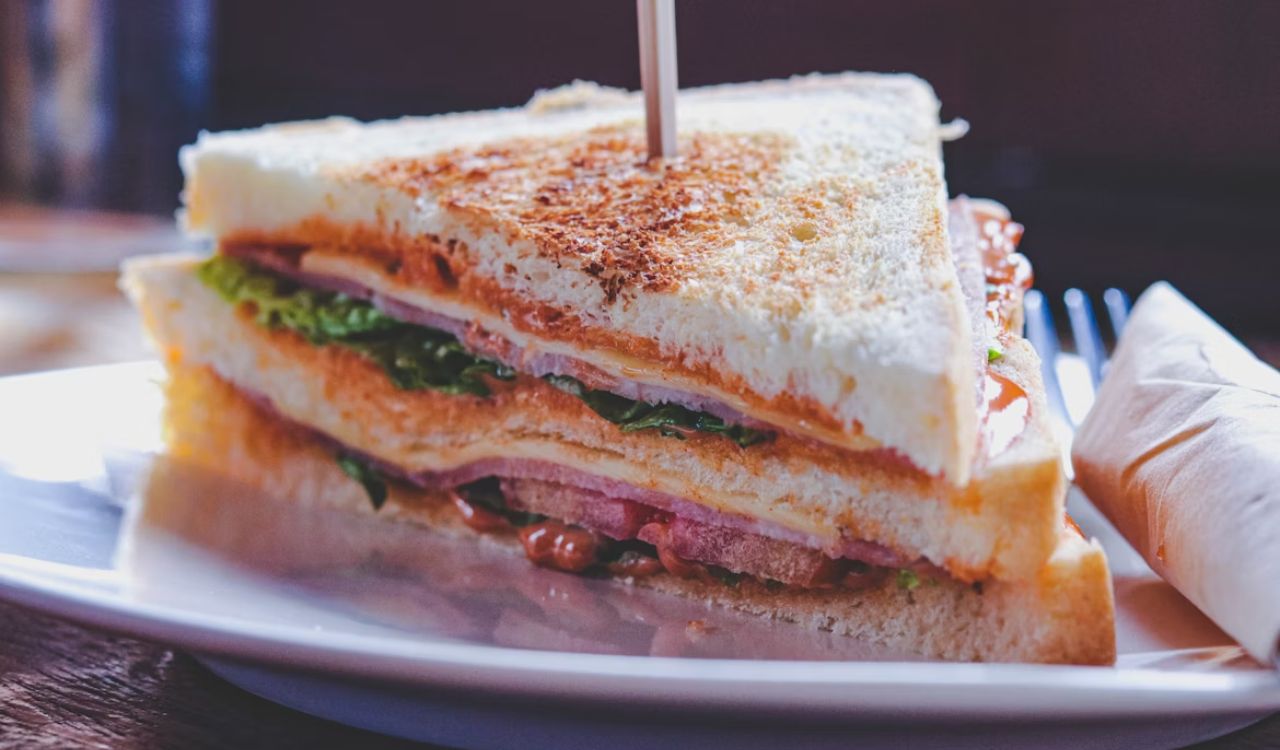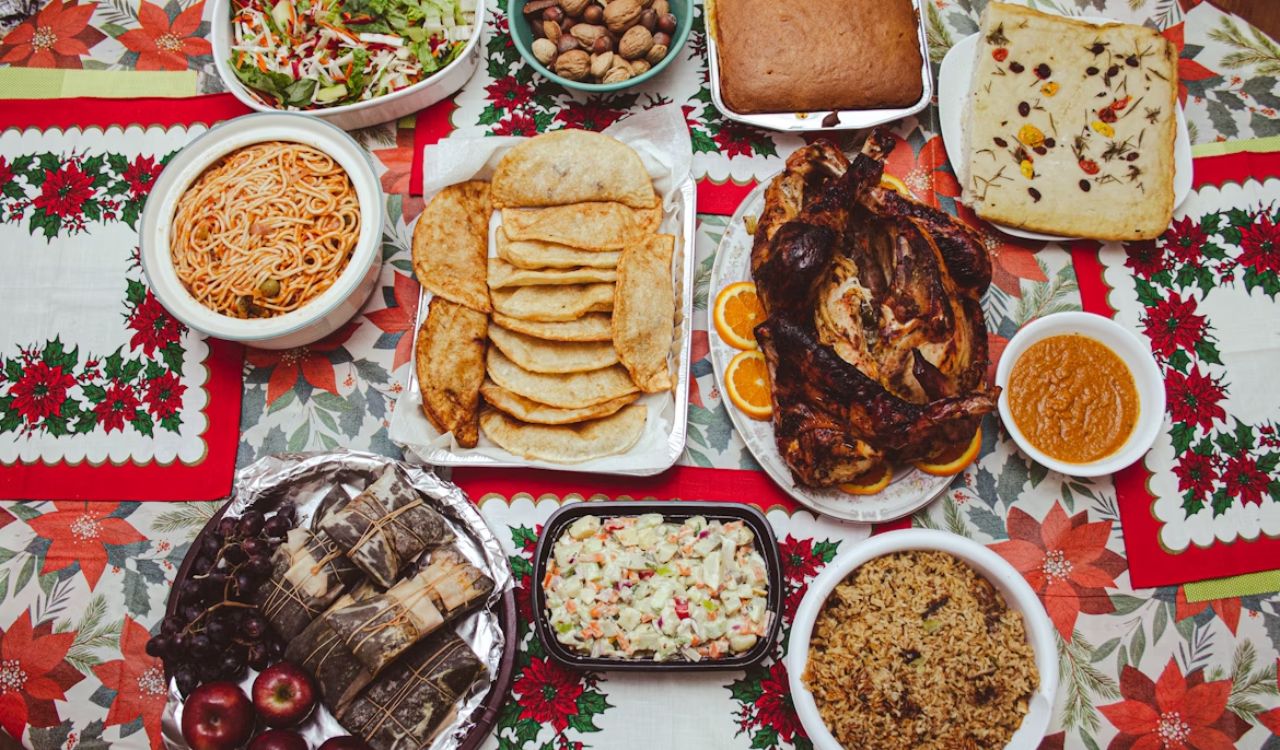6 Foods You Can Still Safely Eat After the Expiration Date
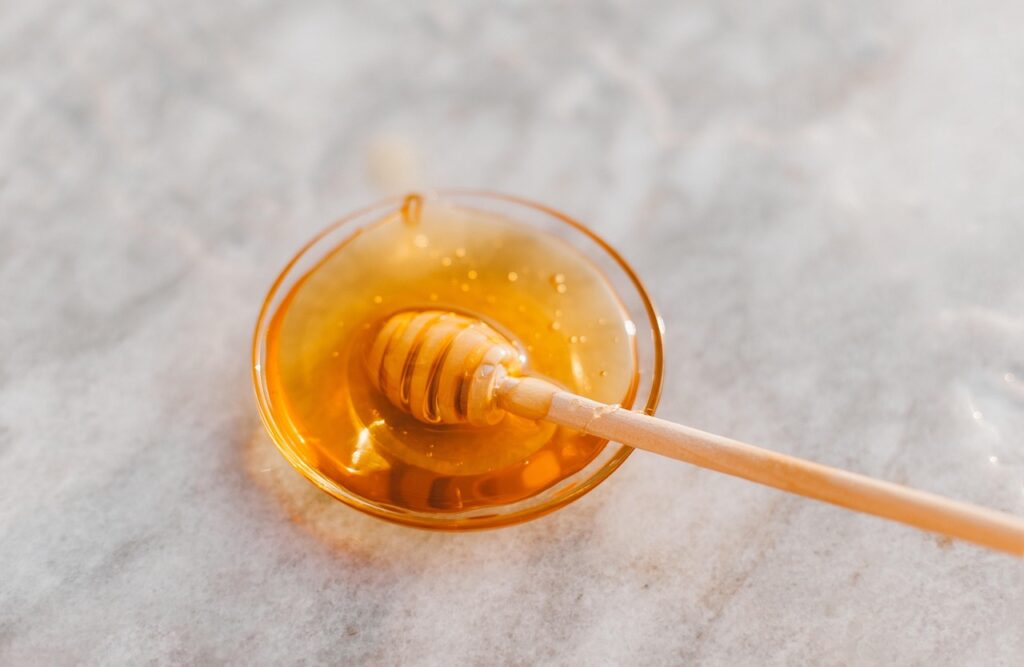
Expiration dates aren’t always the hard stop you think they are. Many foods remain safe to eat well past the printed date if stored properly. Understanding which foods are more resilient can save you money, reduce waste, and keep your meals worry-free. From pantry staples to dairy products, knowing what’s truly perishable and what can last longer helps you make smarter choices in the kitchen without risking your health. Here’s what you can confidently keep on hand.
1. Eggs

Eggs are surprisingly resilient, often safe for weeks past the printed date if handled correctly. The key is storage: keep them in the original carton in the coldest part of your fridge, not the door. To check freshness, try the water test: place an egg in a bowl of water. If it sinks and lies flat, it’s good. If it floats, it’s time to toss it. Even slightly older eggs can be perfect for baking, hard-boiling, or making custards. Their structure holds up, and the risk of spoilage is low if proper hygiene and storage are maintained.
2. Hard Cheeses
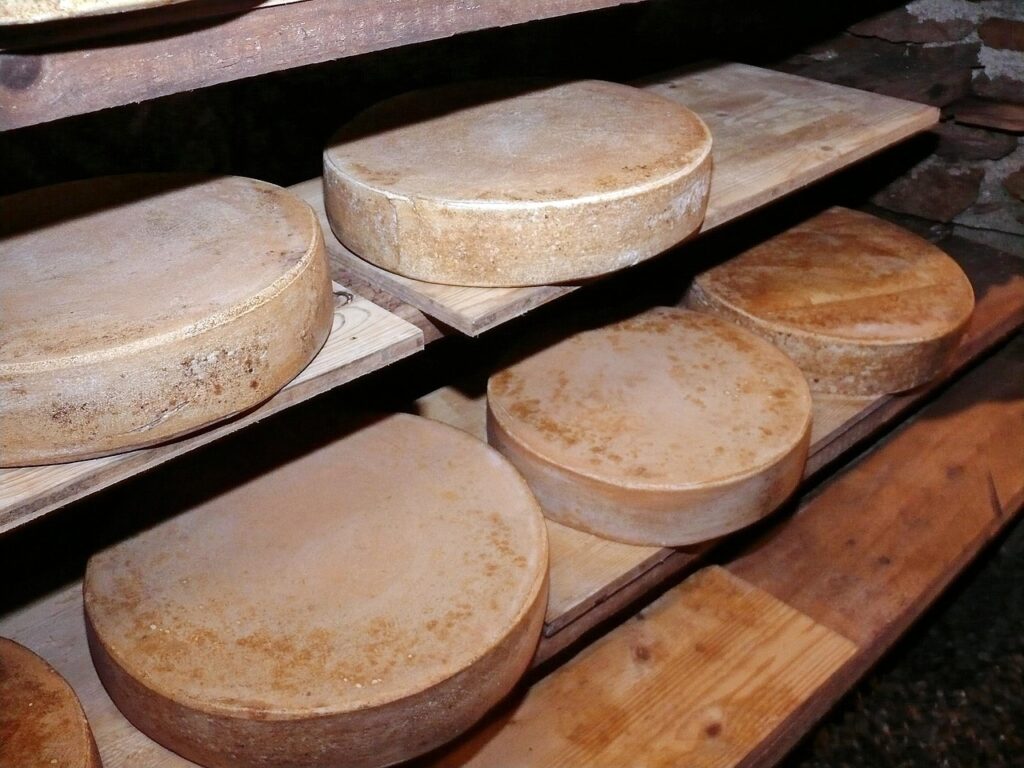
Hard cheeses like Parmesan, cheddar, and Gouda last well past their expiration date. Their low moisture content and salt act as natural preservatives. You may notice surface mold or drying around the edges, but this can be safely cut away. Slice off at least an inch around the affected area and enjoy the rest. Even as cheese ages, the flavor intensifies, making it great for grating over pasta or melting in a casserole. Properly wrapped in wax paper or parchment and then stored in a loosely sealed container, these cheeses can stay good for months beyond their labeled date.
3. Yogurt
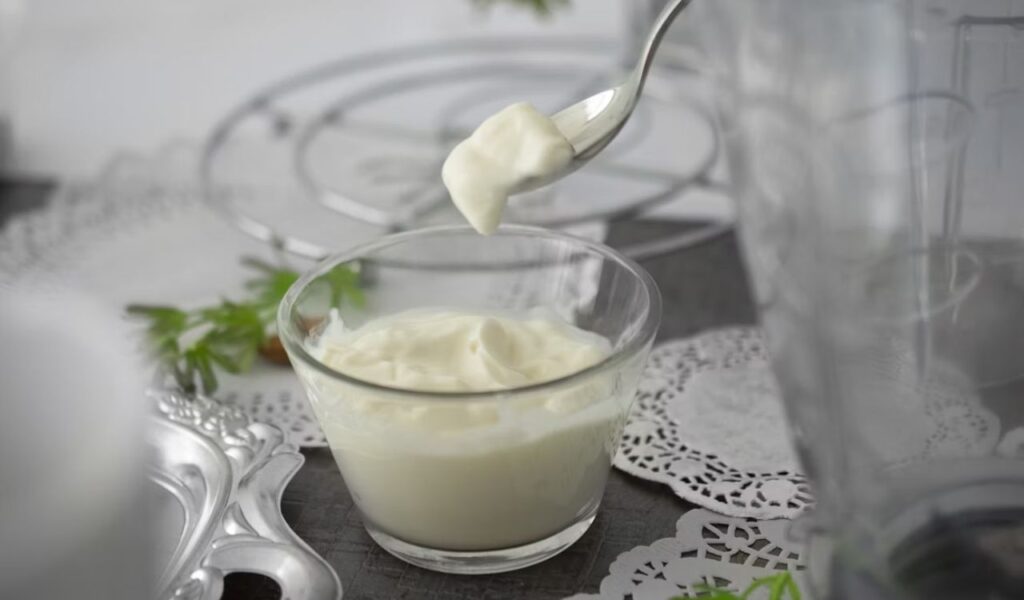
Yogurt often keeps for one to three weeks past the expiration date if stored cold. Look, smell, and taste are your main indicators. If it smells sourer than usual or has mold, discard it. Otherwise, yogurt is full of live cultures that continue to work, and the tangy flavor may even improve slightly with age. Thick Greek-style varieties are especially hardy. You can use slightly past-date yogurt in smoothies, baking, or cooking to avoid waste. Storing it in a tightly sealed container prevents contamination and keeps it fresh longer.
4. Canned Goods
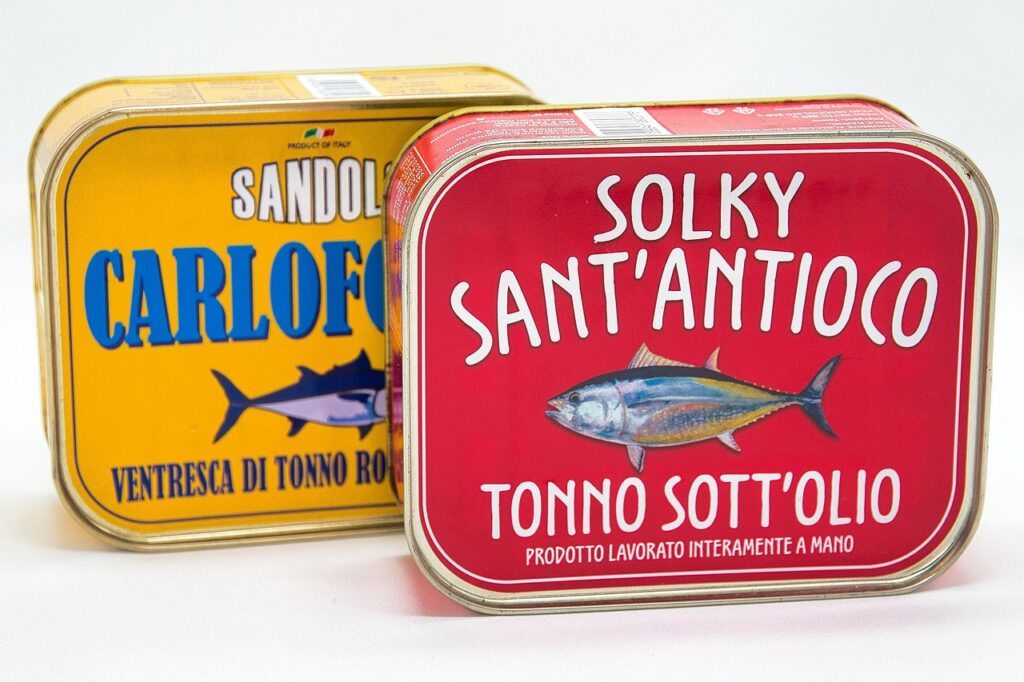
Canned foods are designed to last far beyond their expiration dates. Low-acid items like beans, corn, and peas can remain safe for years if the can is intact no bulging, rust, or leaks. High-acid foods such as tomatoes and fruit don’t last quite as long but are still resilient. Always inspect before opening, and smell and taste cautiously after heating. Proper storage in a cool, dry place extends shelf life. Canned goods past the date may lose some flavor or texture, but generally remain safe to consume.
5. Dry Pasta and Rice
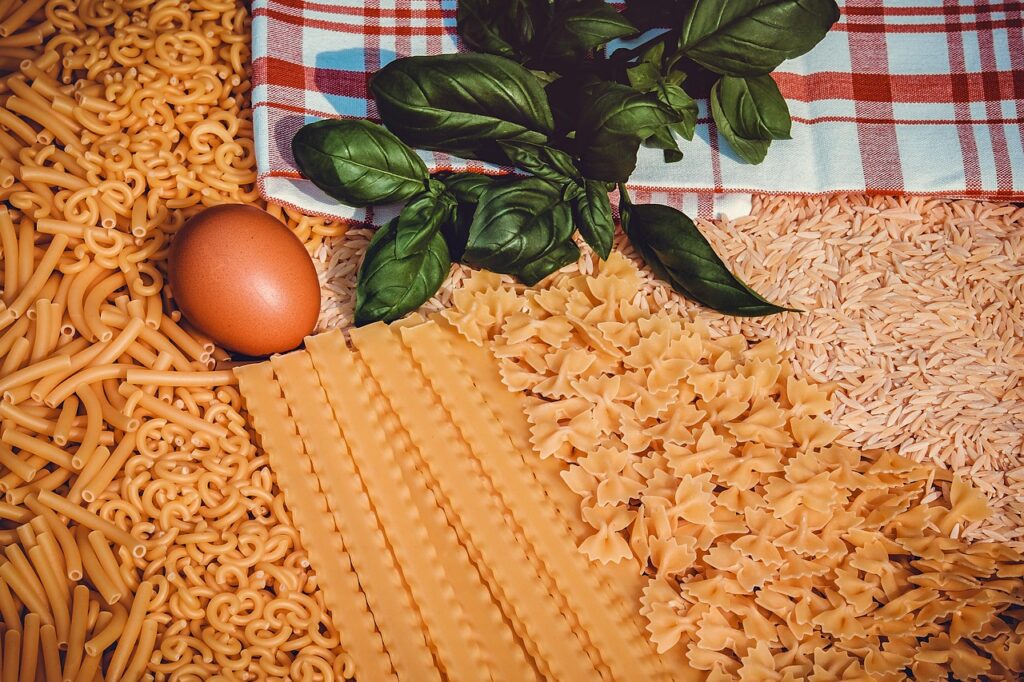
Dry grains like pasta, rice, and other whole grains have low moisture, which dramatically slows spoilage. They can last months, sometimes years, past the expiration date if stored in airtight containers away from humidity. Brown rice and whole-grain pasta have slightly shorter shelf lives than white varieties due to higher oil content, but they remain safe if no off odors or pests appear. For long-term storage, keep them sealed and dry. Expired dry pasta and rice may lose texture when cooked, but remain perfectly edible.
6. Honey
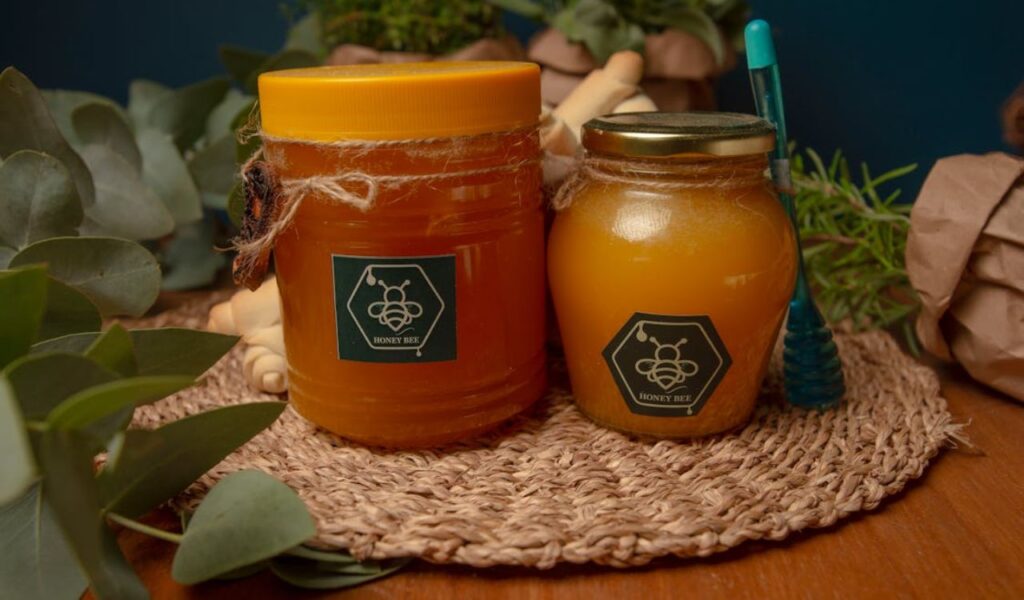
Honey is one of the few foods that never really goes bad. Its natural sugars, low moisture, and acidity prevent bacterial growth. Over time, it may crystallize or darken, but this doesn’t mean it’s unsafe. Simply warm it gently in a water bath to return it to liquid form. Stored tightly sealed in a cool, dry place, honey can last indefinitely. Using older honey in tea, baking, or as a sweetener ensures nothing goes to waste, and it retains its natural antibacterial and flavor properties.





